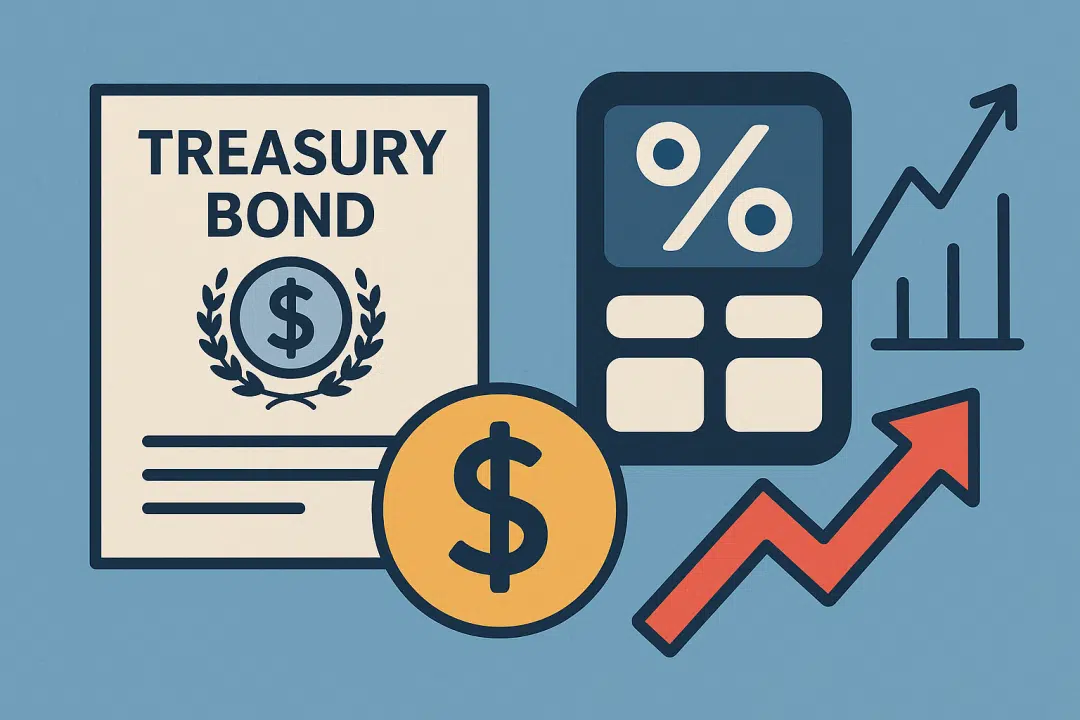
U.S. Treasury yields were steady Thursday despite mixed economic signals that raised concerns about growth and inflation ahead of Friday’s highly anticipated jobs report.
The benchmark 10-year Treasury note yield edged up by more than 2 basis points to 4.196%, while the 2-year note, often tied closely to Federal Reserve expectations, dipped slightly to 3.617%. Yields move inversely to prices, and one basis point equals 0.01%.
Treasury market shrugs off weak jobless claims
The Labor Department reported an unexpected increase in weekly jobless claims, with 241,000 Americans filing for unemployment benefits, exceeding the Dow Jones estimate of 225,000. Despite the softer labor data, Treasury yields largely held their ground, signaling cautious optimism from investors.
Key yields as of Thursday included:
- U.S. 10-Year Treasury: 4.22% (+0.045)
- U.S. 2-Year Treasury: 3.668% (+0.047)
- U.S. 30-Year Treasury: 4.734% (+0.054)
The muted reaction suggests bond traders are awaiting Friday’s nonfarm payrolls report, which could offer a clearer direction on the labor market’s health.
Economic data points to slowing growth
Thursday’s bond market moves followed new data showing the U.S. economy contracted slightly in the first quarter. The Commerce Department reported that gross domestic product (GDP) fell at a 0.3% annualized rate — the first decline in three years.
Consumer spending rose just 1.8%, and federal government spending dropped, further weighing on growth. Meanwhile, the personal consumption expenditures (PCE) price index, the Federal Reserve’s preferred inflation gauge, remained flat in March, offering mixed signals on inflationary pressures.
Fed policy expectations remain unchanged
Despite concerns about economic momentum, markets continue to price in almost no chance of an interest rate cut at the Federal Reserve’s upcoming meeting. However, expectations remain for potential rate cuts starting in June, especially if growth data continues to weaken.
Recent bond trading reflects a broader view that slowing economic growth could eventually prompt the Fed to lower rates to support the economy.
